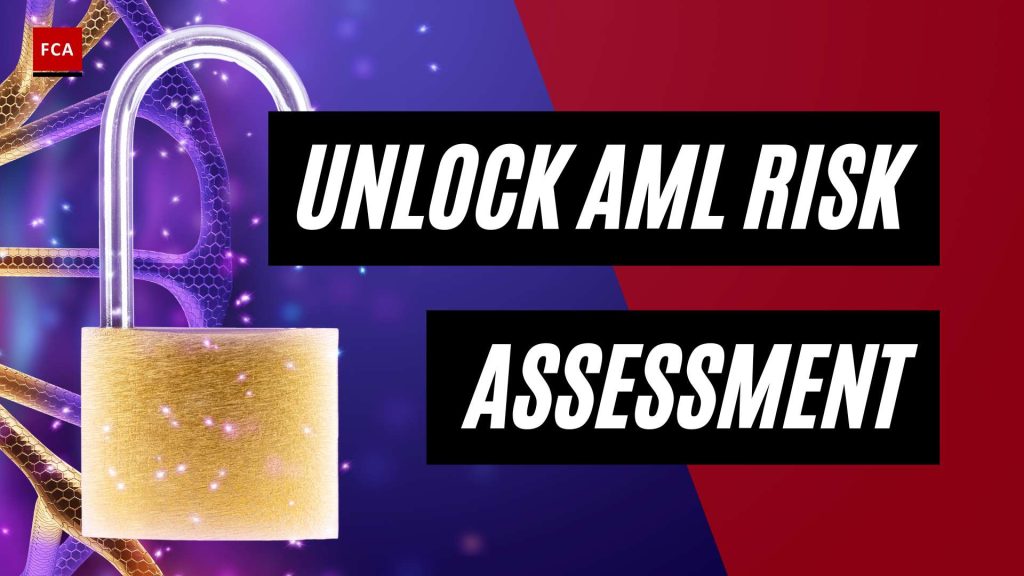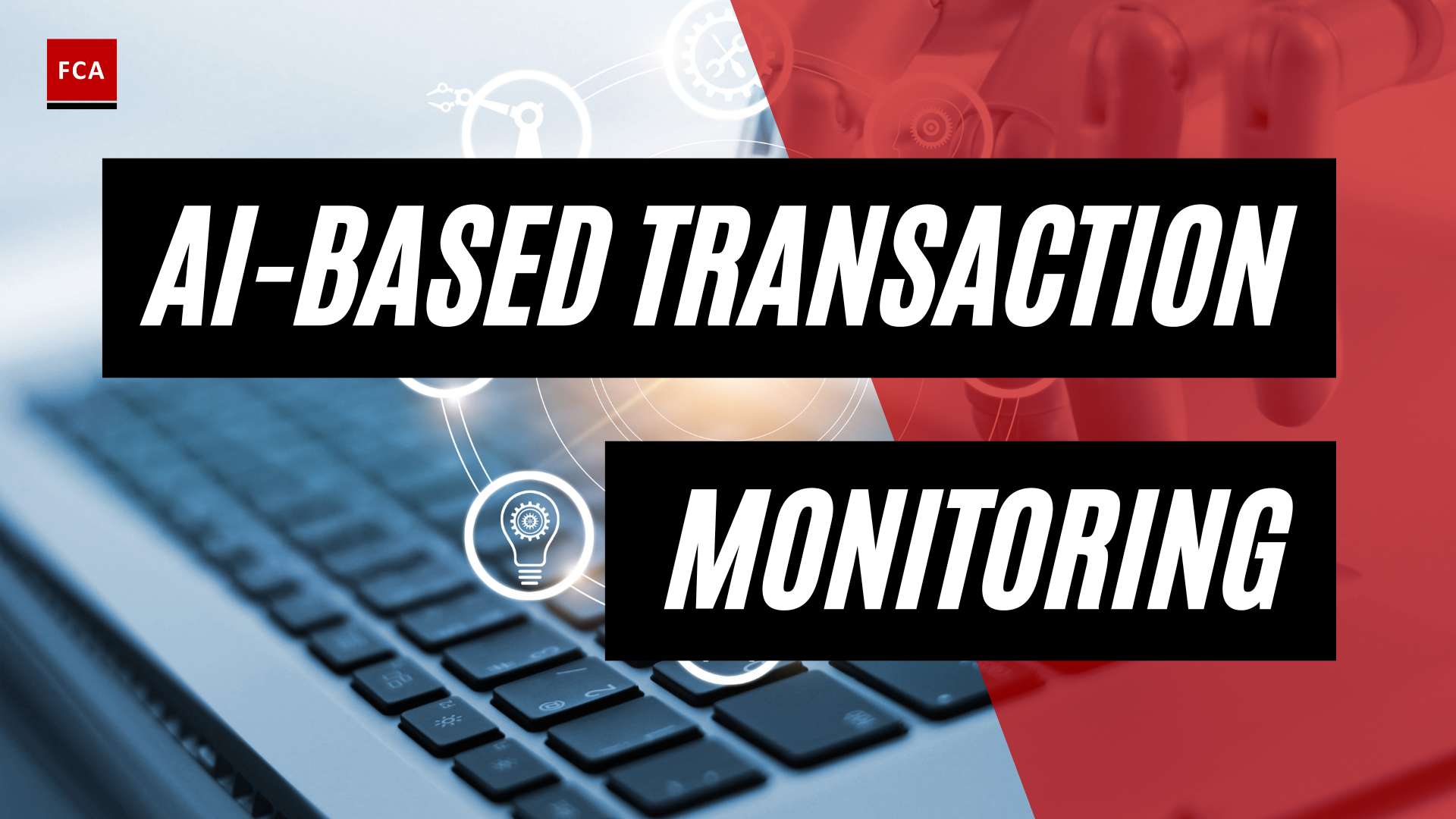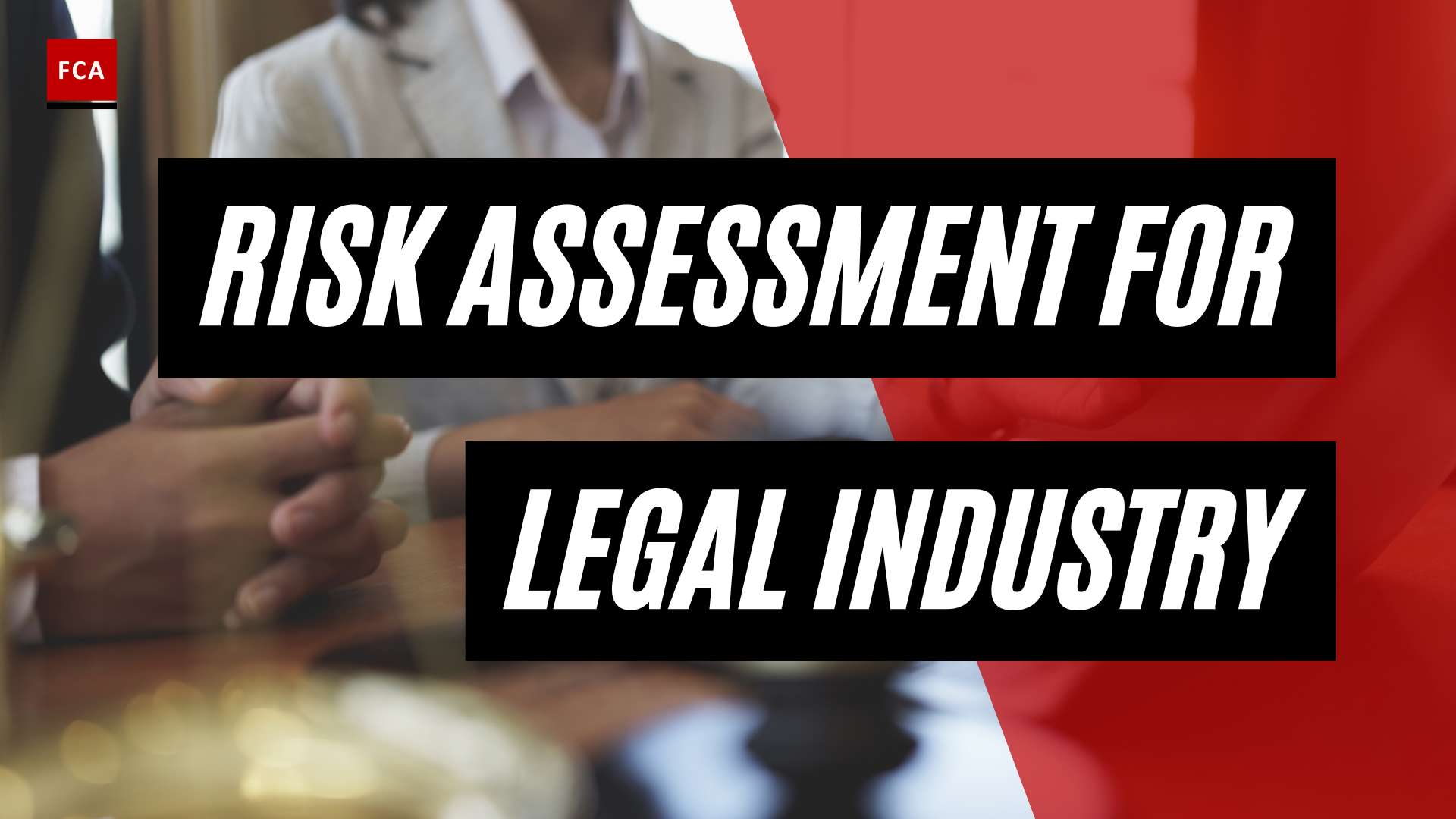Understanding AML and CFT
In the financial world, understanding the concepts of Anti-Money Laundering (AML) and Counter Financing of Terrorism (CFT) is crucial. These terms constitute integral components of regulatory compliance and risk management, especially in financial institutions. Both AML and CFT are cornerstones of a secure financial system, helping to mitigate threats posed by illicit activities and safeguarding the integrity of financial markets.
Defining AML
Anti-Money Laundering (AML) refers to a set of procedures, regulations, or laws designed to prevent the illegal practice of generating income through unlawful actions. The purpose of these regulations is to help financial institutions effectively combat serious monetary transgressions by delineating risk assessment protocols. AML regulations are often implemented according to the Bank Secrecy Act (BSA) standards, which require the assessment of three main factors to determine inherent AML risk: customer risk, product risk, and geographic risk assessments.
Financial entities, including banking institutions, money service businesses, and cash-intensive non-bank businesses, are required by the Financial Crimes Enforcement Network (FinCEN) and the Office of Foreign Assets Control (OFAC) to establish an Anti Money Laundering (AML) compliance program. This makes compliance mandatory and is associated with costs that vary based on the size and nature of the business.
For more insights into AML compliance, visit our aml compliance page.
Understanding CFT
Counter Financing of Terrorism (CFT) involves policies and procedures aimed at preventing and detecting sources of funding for activities intended to achieve political, religious, or ideological goals through violence and the intimidation of civilians. Like AML, CFT involves various risk assessment measures and is governed by a set of international and domestic regulations.
CFT regulations require financial institutions to monitor and report any suspicious activities that could potentially fund terrorism. This includes large cash transactions, rapid movement of funds, or transactions involving high-risk countries.
Understanding the difference and relationship between AML and CFT is crucial for professionals working in compliance, risk management, anti-money laundering, and anti-financial crime. For more information about AML and CFT, consider our comprehensive aml training and cft training programs.
Key Aspects of AML/CFT
Grasping the core elements of Anti-Money Laundering (AML) and Counter Financing of Terrorism (CFT) is of utmost importance in the financial sector. Two such critical aspects are regulations and compliance.
The Role of Regulations
Regulations establish a framework for financial entities to follow, providing clear guidelines on how to detect, report, and prevent money laundering and terrorist financing activities. In the United States, bodies like the Financial Crimes Enforcement Network (FinCEN) and the Office of Foreign Assets Control (OFAC) require covered financial entities, including banking institutions, money service businesses, and cash-intensive non-bank businesses, to establish an Anti Money Laundering (AML) compliance program.
These regulations provide a roadmap for financial institutions on the necessary steps to take for effective AML/CFT, including the implementation of AML policies, procedures, and AML training. Furthermore, they provide insights on how to conduct an ‘aml risk assessment’, an essential component of any AML/CFT program.
Importance of Compliance
Complying with AML/CFT regulations is not just a legal obligation for financial entities but also a crucial step in maintaining the integrity of the financial system.
Non-compliance can lead to severe penalties, including hefty fines and reputational damage. On the other hand, effective compliance can help protect the institution from being exploited for illicit activities, safeguard its reputation, and maintain customer trust.
It’s important to note that managing compliance costs should be tailored to each business’s risk profile. For instance, smaller businesses with limited money laundering risks can establish effective compliance programs at a lower cost compared to larger banks with numerous foreign transactions (Lower Risk Group).
Risk factors common to all financial businesses when building a risk profile include business lines (type of business function), customers (any person or entity engaging in financial transactions), products and services, and location. Understanding these risks is critical in assessing the AML risk profile and implementing effective AML procedures and AML reporting mechanisms.
In conclusion, regulations provide the necessary guidelines for AML/CFT, while compliance ensures these guidelines are effectively implemented. Both aspects are crucial in combating financial crime and fostering a secure and trustworthy financial environment.
AML Risk Assessment Explained
Understanding and assessing risk is key to implementing effective AML compliance strategies. The Bank Secrecy Act (BSA) underscores the importance of assessing three main factors to determine the inherent AML risk: customer risk, product risk, and geographic risk. These assessments form the basis of an institution’s risk profile, guiding the development of robust AML policies and procedures.
Customer Risk Assessment
Customer risk assessment is central to AML risk management. This involves understanding the potential money laundering and terrorist financing risks posed by a bank’s customers, referred to as the customer risk profile.
Risk factors to consider when building a customer risk profile include:
- The nature of the customer’s business or occupational activity
- The purpose of the account or relationship
- The customer’s financial behavior, including the types, volumes, and patterns of transactions
- The customer’s geographic location and country of origin
- The customer’s history and duration of the relationship with the institution
- The methods used to open accounts or conduct transactions
Understanding these risk factors is crucial for institutions to develop effective AML guidelines and training programs that address the unique risks posed by different customers.
Product Risk Assessment
Product risk assessment evaluates the risks associated with the financial products and services offered by an institution (Lower Risk Group). Certain products and services may inherently carry higher AML risk due to their nature or the way they are delivered.
For instance, products or services that involve transactions with foreign parties, third-party involvement, or outsourcing may present higher risk. Understanding these risks allows institutions to apply appropriate controls and monitoring systems, enhancing their AML compliance efforts.
Assessing product risk also involves considering the potential use of a product or service in money laundering schemes, and the ease with which the product or service can be abused for illicit purposes.
Geographic Risk Assessment
Geographic risk assessment involves evaluating the money laundering and terrorist financing risks associated with specific geographic locations. This includes both the geographic locations in which the institution operates, and the geographic locations of its customers, transactions, and business relationships.
Geographic risk can stem from a variety of factors, including:
- The presence of organized criminal groups, terrorist groups, or other high-risk entities
- The level of corruption or political instability
- The robustness of the country’s AML/CFT regulations
- The level of financial secrecy or transparency
By understanding and assessing these risks, institutions can better tailor their AML/CFT programs, controls, and monitoring systems to the specific risks associated with the geographic areas in which they operate and serve.
By performing customer, product, and geographic risk assessments, institutions can effectively manage and mitigate their exposure to money laundering and terrorist financing risks, enhancing their overall AML/CFT compliance efforts.
The Role of Technology in AML/CFT
The advancement of technology has greatly influenced the process of Anti-Money Laundering and Countering Financing of Terrorism (AML/CFT). By integrating modern technological solutions into their practices, institutions can enhance their ability to combat illicit activities and ensure regulatory compliance.
Automation in AML/CFT
Automation plays a pivotal role in AML/CFT. It allows for the swift analysis of vast amounts of data from diverse sources, identifying red flags, and suspicious activities. It also streamlines onboarding processes, customer due diligence, and transaction monitoring, reducing manual errors, and ensuring compliance efficiency (LinkedIn).
Furthermore, automation empowers institutions to deploy risk-based approaches effectively, creating dynamic risk profiles of customers and entities. This allows for accurate compliance resource allocation, prioritizing high-risk accounts and transactions for focused investigations, resulting in better protection against illicit activities.
AI and Big Data in AML/CFT
Artificial Intelligence (AI) and Big Data are also transforming the landscape of AML/CFT. These advanced technologies enable real-time transaction monitoring, swift identification and response to potential AML/CFT risks, immediate action to prevent illicit transactions, and automated reporting tools for accurate submissions to regulatory authorities, thereby strengthening transparency and regulatory compliance (LinkedIn).
Big data analytics in AML/CFT allows institutions to uncover hidden patterns, trends, and identify complex money laundering networks, terrorist financing channels, and emerging risks. This enables effective collaboration and information sharing within and across sectors to bolster collective security (LinkedIn).
Moreover, technology revolutionizes Know Your Customer (KYC) and identity verification processes with biometric authentication, facial recognition, and digital document verification. This improves the accuracy and efficiency of the customer onboarding process, streamlines the customer experience, and makes it more challenging for criminals to conduct illicit transactions using falsified identities (LinkedIn).
In conclusion, the role of technology in AML/CFT is transformative, enabling institutions to streamline their processes, enhance their risk assessment capabilities, and ensure they stay ahead of evolving threats. For more information on AML/CFT regulations and guidelines, you can refer to our articles on AML guidelines and AML procedures.
Global Perspectives on AML/CFT
AML/CFT (Anti-Money Laundering/Combating the Financing of Terrorism) is a field that has seen significant evolution and development over the years. It has become increasingly important for the integrity and stability of the international financial system. In this section, we will delve into the role of the International Monetary Fund (IMF) in AML/CFT and discuss some key developments in the field.
The Role of IMF in AML/CFT
The International Monetary Fund (IMF) has played a significant role in shaping AML/CFT policies globally and within its member countries’ national frameworks over the past two decades. Its functions include providing policy advice, conducting AML/CFT assessments, and delivering technical assistance to countries to combat money laundering and terrorist financing and protect financial integrity (IMF).
Effective AML/CFT policies are crucial for mitigating crimes with economic impacts such as money laundering, terrorist financing, and the financing of weapons of mass destruction. These crimes can lead to “hot money” flows, banking crises, ineffective revenue collection, governance weaknesses, reputational risks for financial centers, and loss of correspondent banking relationships.
Here, it’s worth noting that the IMF’s approach complements and supports the efforts of national bodies and international organizations to uphold the highest standards of AML compliance and CFT training.
Key Developments in AML/CFT
The 2023 Review of the AML/CFT Strategy by the IMF highlights an enhanced focus on understanding the macroeconomic impacts of money laundering, terrorist financing, and financial crimes. Endorsed by the IMF Executive Board, this review aims to guide the Fund’s AML/CFT work for the next five years by concentrating on the consequences of illicit financial flows to better address financial integrity issues.
In line with this, the IMF conducted a survey for civil society organizations (CSOs) worldwide to gather their perspectives on enhancing engagement in AML/CFT and financial integrity issues. The CSOs expressed favorable views on the Fund’s AML/CFT work, emphasizing the need for increased focus on illicit financial flows, beneficial ownership transparency, and addressing AML/CFT weaknesses in advanced economies. They also called for closer engagements with national and global CSOs.
This feedback from CSOs indicates a clear call for more transparency and collaboration in the fight against money laundering and terrorist financing. It also underscores the importance of continually evolving AML policies and AML procedures to address changing financial landscapes and emerging threats.
The role of the IMF and the ongoing developments in AML/CFT underscore the global commitment to combating financial crimes. It underlines the importance of a robust AML risk assessment in maintaining the integrity of financial systems worldwide.
Future Trends in AML/CFT
As the world continues to evolve, so do the trends in Anti-Money Laundering and Combating the Financing of Terrorism (AML/CFT). Technology and regulations play pivotal roles in shaping these trends, ensuring that institutions are well-equipped to manage emerging risks and challenges in the AML/CFT landscape.
Transformative Role of Technology
Advancements in technology are revolutionizing the way institutions approach AML/CFT. From Know Your Customer (KYC) processes to transaction monitoring, technology is playing a transformative role in strengthening the fight against illicit financial activities.
Technology is reshaping KYC and identity verification processes through innovations like biometric authentication, facial recognition, and digital document verification. These advancements not only streamline the customer experience but also improve the accuracy and efficiency of customer onboarding, making it more challenging for criminals to conduct illicit transactions using falsified identities.
Modern technology also enables real-time transaction monitoring, swift identification, and response to potential AML/CFT risks. With automated reporting tools, institutions can provide accurate submissions to regulatory authorities, thereby strengthening transparency and regulatory compliance (LinkedIn).
Furthermore, big data analytics in AML/CFT allows institutions to uncover hidden patterns, trends, and identify complex money laundering networks, terrorist financing channels, and emerging risks. This intelligence fosters effective collaboration and information sharing within and across sectors, bolstering collective security (LinkedIn).
Technology also empowers institutions to deploy risk-based approaches effectively, creating dynamic risk profiles of customers and entities. This allows accurate compliance resource allocation, prioritizing high-risk accounts and transactions for focused investigations, resulting in better protection against illicit activities.
From AI-supported AML solutions to AML Transaction Screening tools and Adverse Media Screening, the transformative role of technology in AML/CFT is clear (Sanction Scanner). As advancements continue to emerge, institutions need to stay updated with AML training to effectively leverage these technologies.
Evolving Regulations and Compliance
Evolving regulations are another key trend in AML/CFT. Effective AML/CFT policies are crucial for the integrity and stability of the international financial system, as these crimes can lead to “hot money” flows, banking crises, and other economic impacts.
The International Monetary Fund (IMF) has played a significant role in shaping AML/CFT policies globally and within its member countries’ national frameworks. Its functions include providing policy advice, conducting AML/CFT assessments, and delivering technical assistance to countries to combat money laundering and terrorist financing and protect financial integrity (IMF).
The upcoming 2023 Review of the AML/CFT Strategy by the IMF highlights an enhanced focus on understanding the macroeconomic impacts of money laundering, terrorist financing, and financial crimes. This review aims to guide the Fund’s AML/CFT work for the next five years by focusing on the consequences of illicit financial flows to better address financial integrity issues (IMF).
These evolving regulations call for a proactive approach in ensuring AML compliance. Institutions must continually update their AML policies, procedures, and reporting practices to adhere to these changes.
In conclusion, the future trends in AML/CFT point towards a more technologically driven and regulation-centric approach. As these trends continue to evolve, the importance of staying updated with AML awareness and adapting to the changes becomes more crucial.








